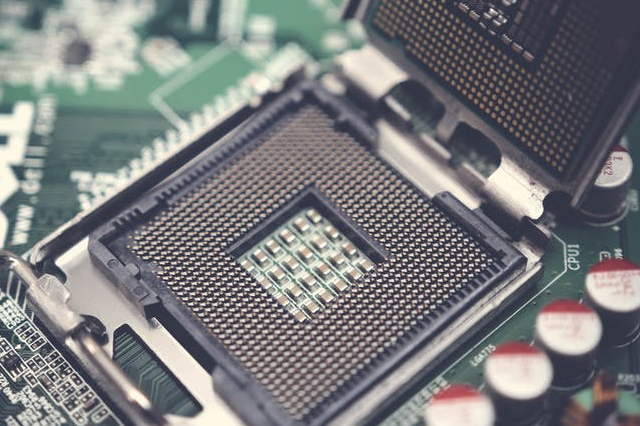If you are a person who is starting in the world of computing or who is evaluating a processor to buy for a computer or for any other device such as a tablet or smartphone, among others, the term GHz or Gigahertz surely sounds familiar.

However, it is very possible that you do not really know what it is and what it is for, so we are going to explain it to you so that you have a much clearer understanding of this concept, which is used very frequently in engineering and computer science.
What is a GHz or Gigahertz
GHz is short for Gigahertz, a measurement used as a multiple of Hertz. Therefore, when making use of GHz, we are referring to 10 9 million Hertz.
Starting from this, you have to know what Hertz is which is a measure that was invented by Heinrich Rudolf Hertz. From his last name he took the name of the measure. This was a German physicist who was the one who discovered the way in which electromagnetic waves were capable of propagating through space.
One Hertz is the measurement that represents one cycle per second. A cycle is the repetition of an event in a given unit of time. It is applicable to both electromagnetic and sound waves, as well as other types of vibrations or waves.
Gigahertz in computing
After this first basic definition, we can take it to the world of computers and computing in general, which is where it is applied most frequently, especially today.
Hertz are responsible for measuring the frequency of electronic chips such as the processor. In this way, it can be determined that one Hertz is the number of operations that the processor can do in one second. In this way, it is possible to define the speed of a processor.
The processor of the electronic components is in charge of carrying out different options that are later sent in the form of instructions by the installed programs. Each program has different processes and tasks, and at the same time instructions that must be executed by the processor.
Thus, it can be indicated that the more Hertz a processor can have, the more instructions and operations it can do in one second, therefore, it will be faster. This frequency is also commonly referred to as the “clock speed”.
An electronic component only understands amps and voltages, as well as signals or non-signals. For this reason all the instructions are in zeros and ones. Current processors can work in strings of many zeros (bits), and they represent the existence or non-existence of voltage signals. To understand these, the CPU resorts to mathematical and logical operations, such as addition, subtraction, division, multiplication…
The power of a processor
A very common mistake among users is to resort to the use of Hertz to assess the power of a processor. This is because there is an error in its concept that we hope we have already solved for you. GHz refers to speed, not power.
In this way, the power of a processor is determined by its ability to execute more workload in its executions per second. Different variables influence this, such as the density of the processor’s transistors or the nanometers of its construction.
It is also important to keep in mind that for the processor to be able to enjoy greater power, this will also depend on the software that controls the processor. This is because not all the instructions that are sent to the chip can be processed and executed simultaneously.
GHz Evolution
Like the rest of the components of a computer, the evolution of microprocessors over the years has been very remarkable, reaching the 1 Hz barrier in 1992. It did so thanks to the DEC Alpha processor, which was later followed by Intel and AMD.
Since then it has continued to grow until it can even reach 5 GHz, in addition to having up to 32 cores in the same CPU, when decades ago they only had one. Each core is thus capable of carrying out a greater number of operations per cycle. This allows its capacity to be much higher.
The number of operations per cycle is called IPC, which is an indicator that shows us the performance of the processor. Keep in mind that the basic elements of a CPU are the cores and their frequency, although having a greater number of cores does not always imply being able to enjoy a greater number of operations per cycle. In fact, a 6-core CPU, for example, can be less powerful than a 4-core one.
Therefore, the power must be valued as a whole and, to be ideal, a complete instruction must be carried out in each clock cycle, which would mean an IPC equal to 1. There are programs that allow you to measure the IPC of the processor.

